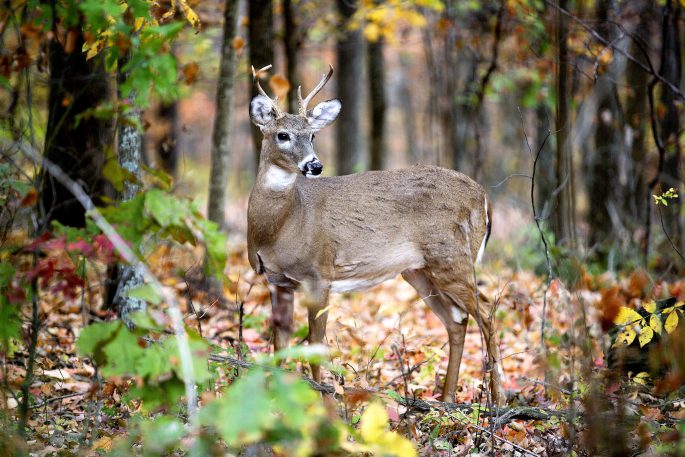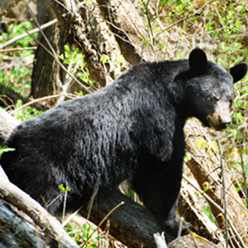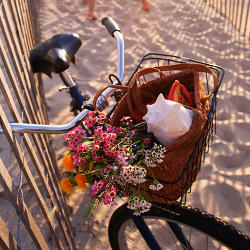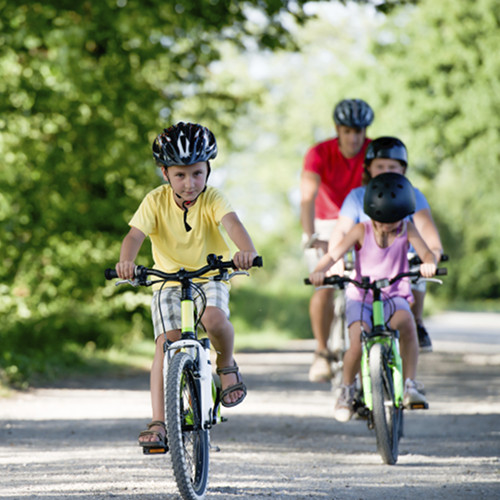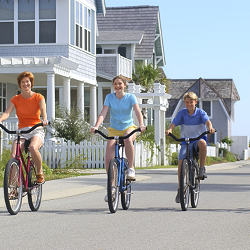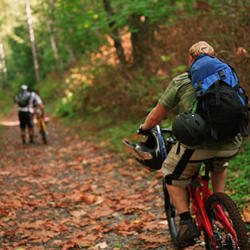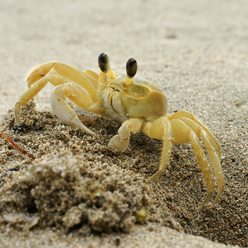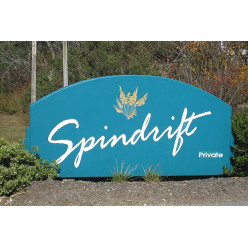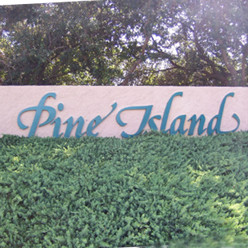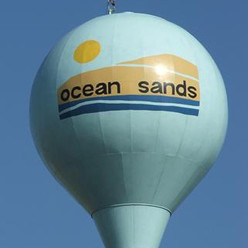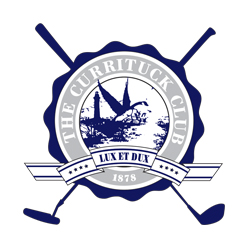Deer hunting is a popular pastime across America, and deer hunting in North Carolina is no exception. Currituck County deer hunting is usually confined to private land belonging to various hunt clubs or hunting guide groups. The Whitetail Deer is the most common species that makes its home in Northeastern North Carolina, and this variety of deer can be found throughout the temperate forest land, low lying marshes, and wet grasslands of Currituck County.
The Quality Deer Management Association is a governing body for deer hunting regulations, aiming to conserve the deer populations in North Carolina so that enough Whitetail bucks are available each season for hunters. In accordance with QDMA regulations, bucks must have a minimum of six points in order to be eligible for taking by North Carolina deer hunters. **QDMA is a volunteer program and while they may have restrictions of antler size and/or quantity of deer taken, most lands in Currituck are not under QDMA restrictions. There are no size limits on male deer (bucks). NC Hunting laws currently allow the harvest of 2 bucks and 4 doe in the Easter Deer Season which includes Currituck County.
**State game lands are available in Currituck County with more than 20,000 acres of public land.
- Currituck Banks Game Land – 228 acres.
- North River Game Lands – 20,318 acres (some of which is in neighboring Camden County)
- Northwest River Marsh Game Land – 2900 acres.
Most Currituck deer hunting is done from tree stands, but baited hunting is also allowed by North Carolina law. **Deer season starts Mid September for archery, early October for black powder (muzzleloading), and, Mid October through January 1st for gun hunting.
**local hunter submitted information
Season Dates and Bag Limits provided by the NC Wildlife Resource Commission.

